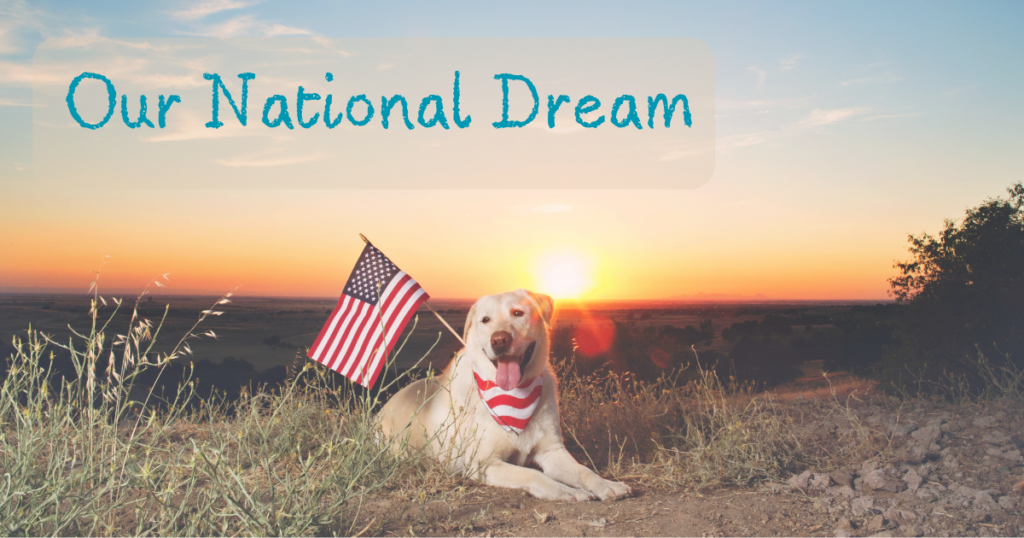All too often we see the question of who gets what when parents pass away cause tensions and feelings of injustice among siblings, even with all the laws and traditions we already have in place surrounding inheritance. In the case of kin’s domains, where there is an enormous amount of uncharted territory, there is a lot of room for tensions to arise.
For those who aren’t familiar with the term kin’s domain, it is a homestead designed with the intention of passing the whole thing to the next generation in the family line, into perpetuity. The idea is based on concepts found in the book series, The Ringing Cedars of Russia by Vladimir Meagre. The main character is a Siberian wise woman who is well aware of the travails of the rest of the world and offers a tangible plan to help people get back in touch with the land, nature, and restore the missing piece of the puzzle that is causing society to ruin itself. Her solution is each family should create a kin’s domain. The 10 book series goes into much greater detail of how that should be done.
After an initial reading, one of the first questions that people have is what if I have several children. Who will inherit all the loving years I’ve put into the house and the land? Although it isn’t explicitly stated, it seems that eventually all the children will go and want to create their own kin’s domains for their own families. Maybe one or two will stay. Or maybe they will go off and live their own lives and then come back after years have passed. Maybe it’s a family issue and will be resolved in different ways depending on the unique circumstances of the family. There is a lot of room for interpretation here.
Perhaps two siblings can find a way to share the land. Each domain is supposed to be a minimum of 2.5 acres (1 hectare), but not too much bigger because then it will be too difficult for one family to manage on their own. In the case of two siblings wanting the land, it seems they will have to work out an agreement among themselves.
Conversely, what if there are no children. Who does the kin’s domain go to next? The first place to look would be within the extended family. There could be a niece, nephew, grandchild, or cousin that would love to pick up where the previous family member left off. Chances are the search for an inheritor will end there.
In the unusual case that there is no known family to give the domain to, it seems that leaving it to a deserving friend would be the next option. After all, what is kinship but a feeling of connection based either on common origins or on similar characteristics to someone else. Hence the term “kin’s domain.”
The important thing to remember is that a kin’s domain is not a real-estate opportunity. This is not property to buy and flip. A kin’s domain represents years of dreams, efforts, history, significant life moments and hope in the future of the family line.
In some existing ringing cedar style communities there is a rule that once a domain is acquired, it can not be sold. It can be gifted to someone or they can get a refund from the community they purchased the land from. Communities try to vet potential neighbors, but it has happened that those with little understanding of what is a kin’s domain, but have an opportunistic streak, managed to acquire the land with the sole intention of making a profit by selling it to the highest bidder. They failed to grasp the real value of the land and the deep meaning of passing it on, a lesson most of us still need to learn.
To start a kin’s domain is in itself a monumental task. To establish a true paradise here on earth starting from mismanaged land takes a minimum of five years. If it is responsibly stewarded, in twenty or thirty years, it becomes an incomparable space of love. Few people think in terms of decades of time. Most goals are yearly, or five years or maybe ten. We need to extend our time horizon when it comes to planning for our families because the results are incredible tangible and intangible riches.
The idea of kin’s domains is little over 20 years old, so there are no examples of a multi-generational kin’s domain yet, unless we look at the wealthy estates of the elite (though that is another story). However, if we go forward with the majority of people having the intention to provide the next generation with a starting point like a kin’s domain where all basic survival needs are already met, the world would be a very different place indeed.
Get the monthly newsletter!




